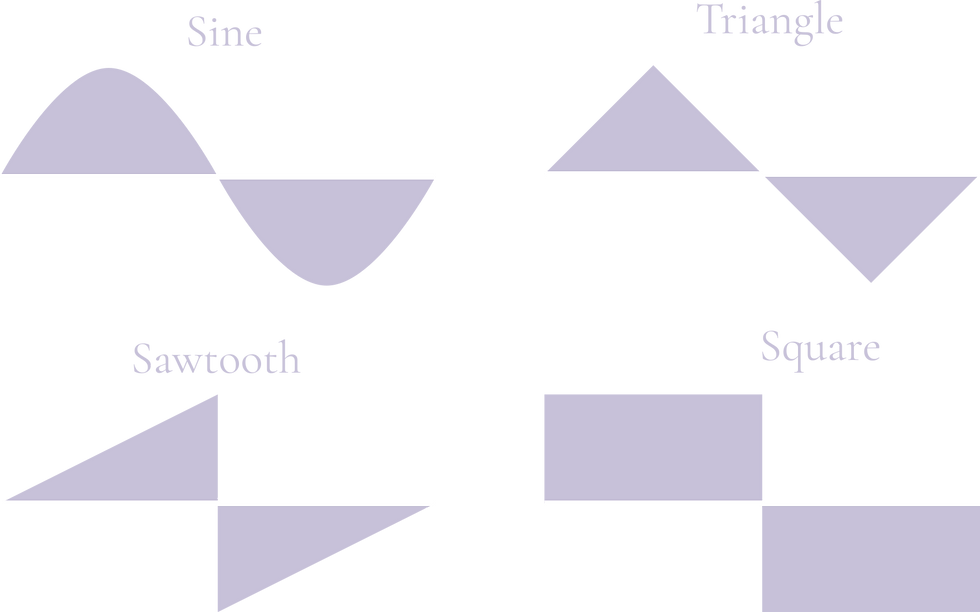An Introduction to Synthesis
- Ofélia S.

- Oct 30
- 2 min read
Sound synthesis can look intimidating for newcomers, and indeed it is. I mean, it's easy to feel lost when first facing a behemoth such as this:

"I could never!" seems like an almost natural reaction to this plane cockpit-looking contraption. Like most endeavours however, it is a matter of learning a few key concepts that serve as the basis to build everything you can conceive.
Before getting deep into the weeds, let me convince you that this is worth it.
Why Sound Synthesis is Great
Despite its very dry and technical appearance, learning sound synthesis is as much an artistic endeavour as picking up the guitar. Synthesisers are powerful and capable instruments, and they require the same mix of patience and practice to learn how to use them well. As you start to understand their functioning, you can better conceptualise the things that are possible to do with them, and how you can achieve those ideas.
I personally picked sound synthesis as a challenge: that of doing everything myself, from scratch, for all my music. And indeed, everything is possible, from classic techno kicks to roaring basses or lush pads. And as we are playing the shape of sound itself as an instrument, synthesising is not limited to music: you can create virtually any sound you can think of with enough dedication and a good understanding of the tools you have in hands.
Additionnally, it doesn't cost a dime. That's right, whereas analog synthesisers used to (and still do) cost an arm and a leg, with the magic of the internet, you now have free virtual synths you can run on your laptop! we'll be talking more about them in this series.
The truth is, there is nothing stopping you from picking up sound synthesis. Perhaps as a challenge, or as a puzzle, it is definitely a skill worth having, and a nice place to start getting into music.
Follow Along
Explanations can only do so much: at some point, hands-on experience is what works best. This is why I encourage you to follow along and experiment as you read the articles!
Unless stated otherwise, I will only be using Vital for this series. It is free, powerful, extensive, and it exists as a standalone version (meaning you don't have to use a software like FL Studio to use it.)
You can download it on the official Vital website.
Additionnally, you can find my bank of vital presets for free on my discography page. It is full of experiments for you to play with!
Index and Glossary
Here you will find the index for all the posts in this series, as well as a glossary of terms I will use often. Both will be updated as I write new articles.
Index
Part I : Waves and Frequencies
Part II : Initiation to Vital
Part III : Effects
Part IV : Synthesis
Noise
Envelopes

Comments